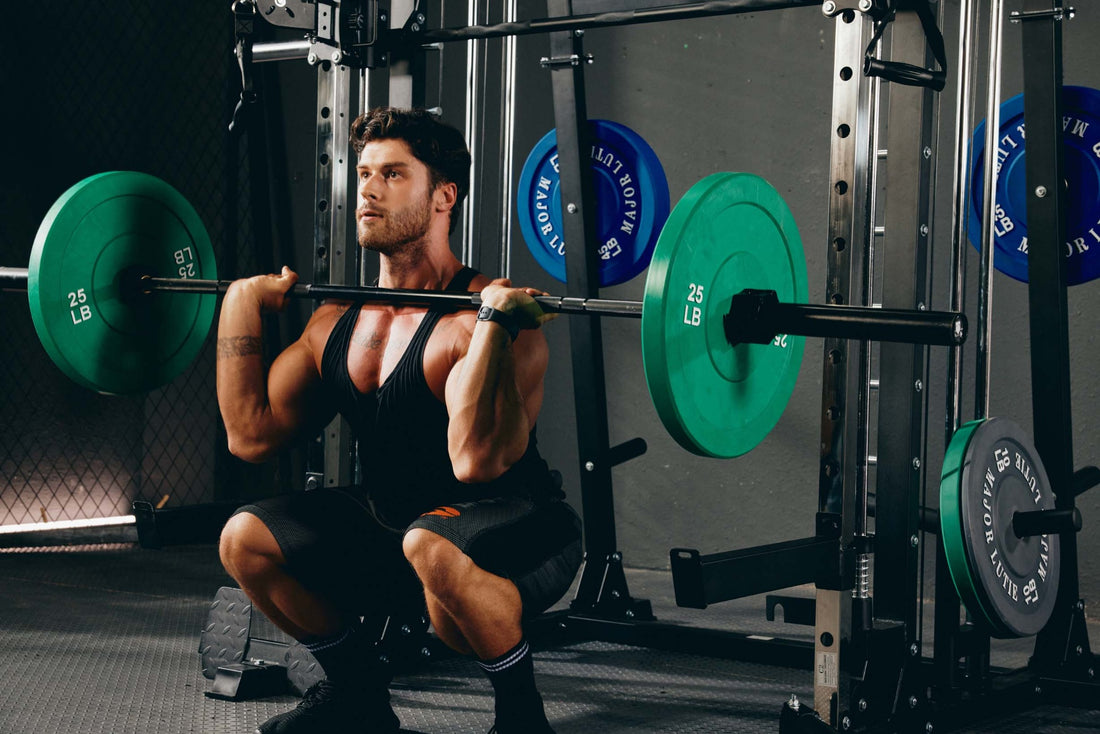
Exploring the question, why of are Smith Machine squats harder, might initially seem like delving into the intricacies of gym-goers. Yet, this inquiry unveils a fascinating intersection of biomechanics, exercise physiology, and fitness culture. Whether you are a seasoned athlete or a fitness enthusiast embarking on your strength training journey, understanding the nuances of different exercise machines can significantly enhance your workout efficacy and prevent injury. The Smith Machine, with its seemingly straightforward design, harbors complexity within its guided barbell tracks, offering a distinctive challenge compared to traditional free-weight squats.
The Smith Machine squat is often debated in the fitness community. Some argue that it's an excellent tool for beginners or those recovering from injury, thanks to its stability and guided movement. Others claim it feels unnatural and imposes an awkward movement pattern, potentially leading to strain or discomfort. These differing opinions raise the question: why do Smith Machine squats often feel more difficult, and what does this mean for your training?
To understand the challenge posed by the Smith Machine, it's essential to grasp the concept of a 'fixed bar path'. Unlike free-weight squats—where the barbell can move in any direction, demanding substantial stabilization and strength from numerous muscles—the Smith Machine's barbell is constrained to a vertical path. This limitation forces the user to adapt their squat form, possibly engaging different muscle groups or altering the exercise's biomechanical demands.
Biomechanically, the squat is a compound movement requiring coordination across multiple joints and muscle groups. The vertical bar path of the Smith Machine can alter the natural movement pattern of a squat, requiring the body to adjust in ways that might not be as efficient or comfortable. This adaptation could explain the perceived increase in difficulty, as muscles may need to operate in unfamiliar or suboptimal patterns. Additionally, the guided nature of the Smith Machine might limit the activation of stabilizer muscles, crucial for balance and coordination in traditional squats, potentially impacting overall strength development.
Another aspect to consider is muscle activation. Studies have shown differences in muscle recruitment between Smith Machine squats and free-weight squats. A fixed path can change how primary muscles, like the quadriceps and hamstrings, are activated, potentially leading to an imbalanced workout. This altered engagement might make the exercise feel more difficult due to the lack of involvement of auxiliary muscles that typically assist in the movement, such as the glutes and core in a traditional squat.
Despite these challenges, the Smith Machine squat is not without its benefits. For those with mobility issues or injuries, the guided path can offer a safer alternative, allowing for strength training with reduced risk of improper form or additional strain. Moreover, for athletes focusing on targeted muscle development, the Smith Machine can isolate specific muscle groups more effectively than free-weight variants. However, fitness enthusiasts should consider incorporating a mix of both Smith Machine and traditional squats into their routines to ensure balanced muscle development and maintain functional strength.

Customizing your workout to include both Smith Machine squats and free-weight variations can gain the merit of both worlds—stability and targeted muscle activation from the former, along with enhanced muscle coordination and functional strength from the latter. Consulting with a fitness professional can help tailor a squat regimen that accommodates your fitness level, goals, and any health considerations, ensuring that each session is not only effective but also safe.
Unraveling the mystery of why Smith Machine squats are harder reveals a layered understanding of exercise physiology and biomechanics. It underscores the importance of exercise selection in achieving fitness goals and highlights how equipment choice can uniquely challenge and benefit our bodies. By thoughtfully integrating Smith Machine squats into a comprehensive training program, athletes and fitness enthusiasts can capitalize on the unique strengths of this machine—navigating its challenges to foster a stronger, more adaptable physique.




















